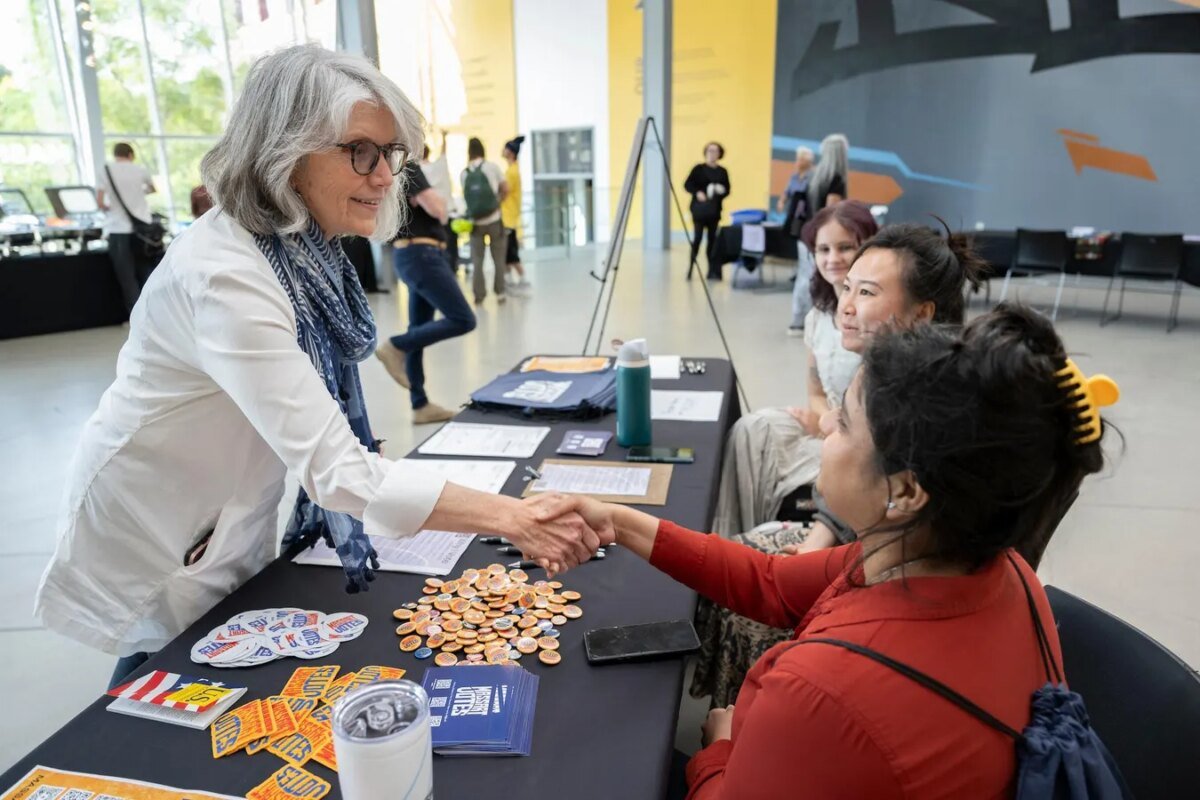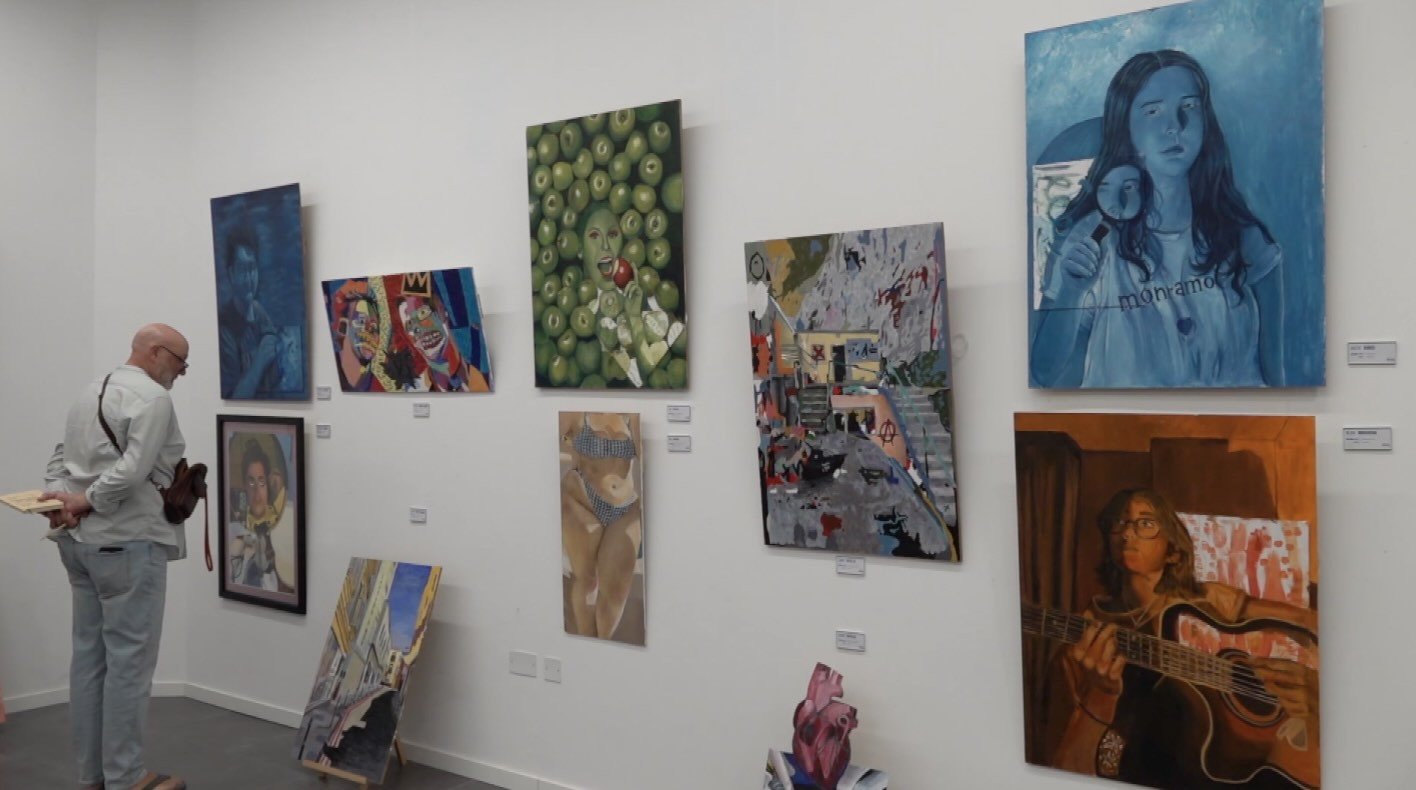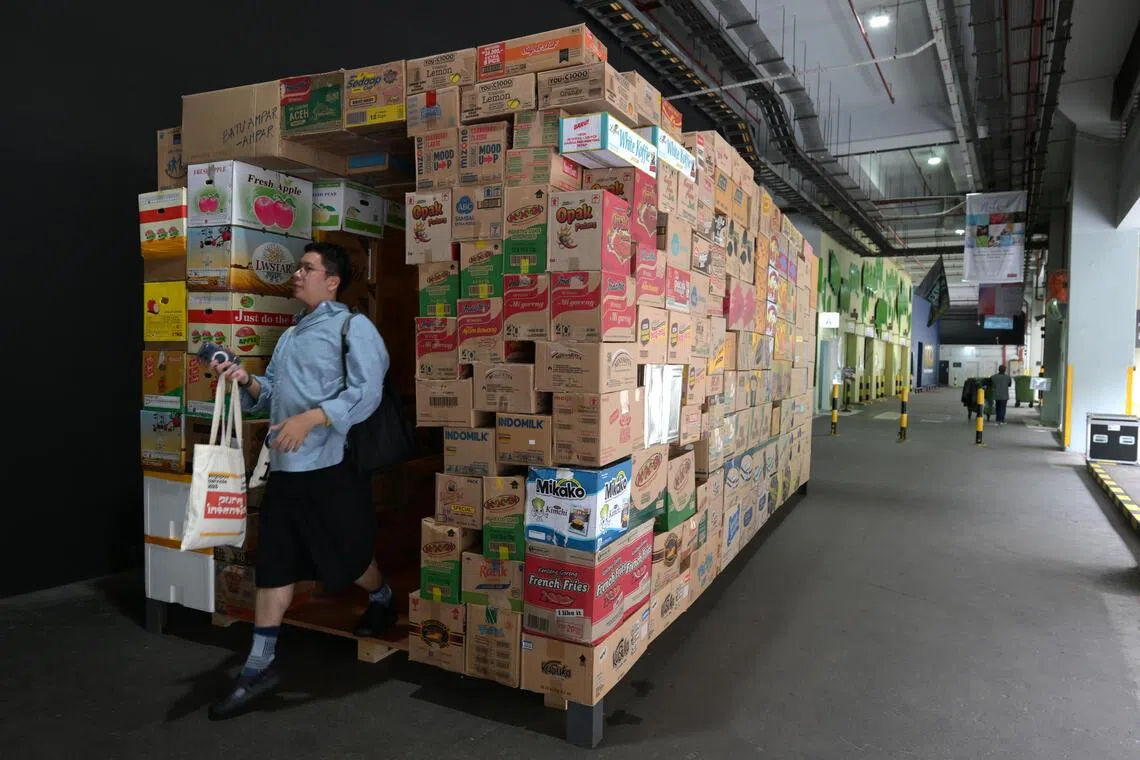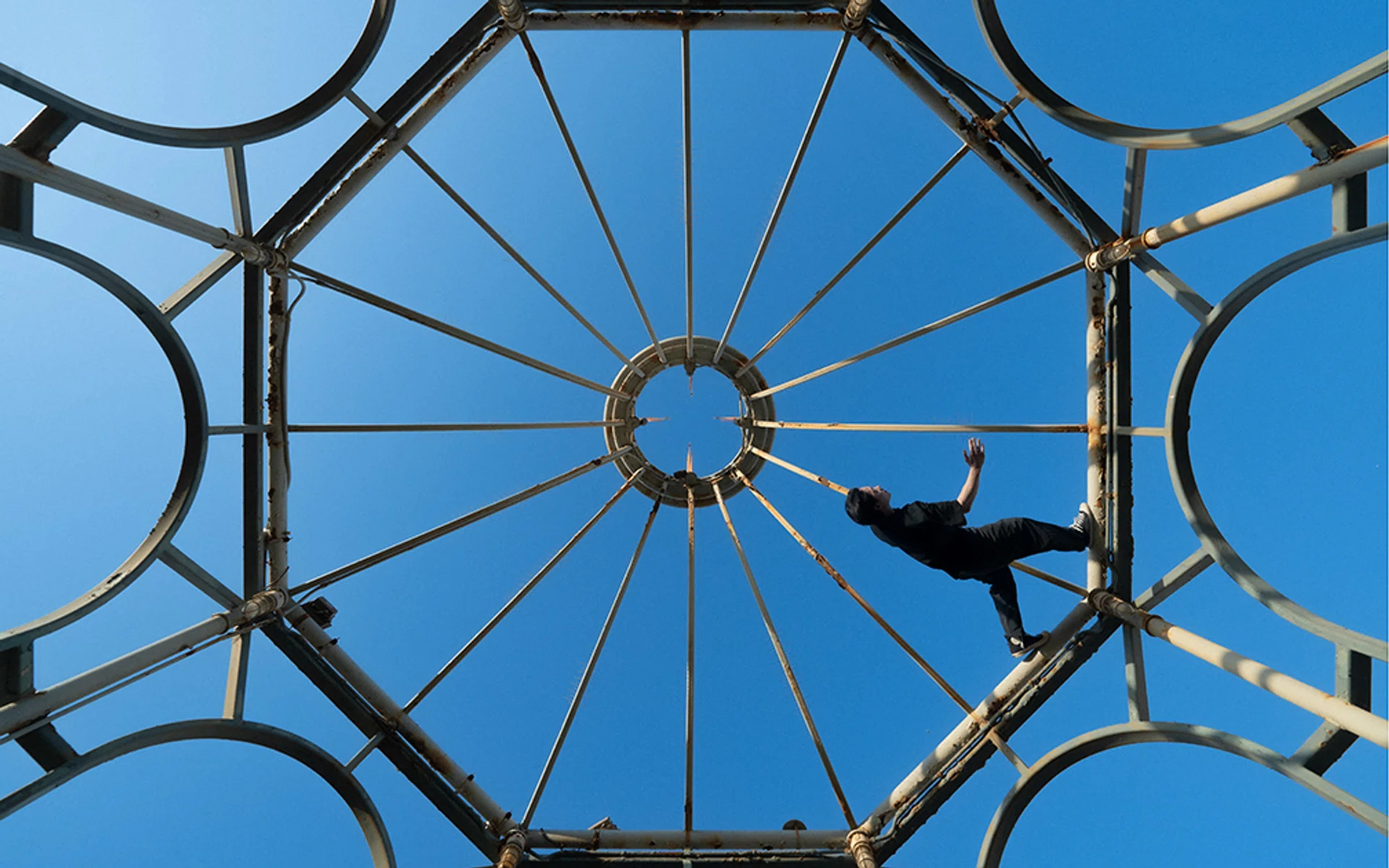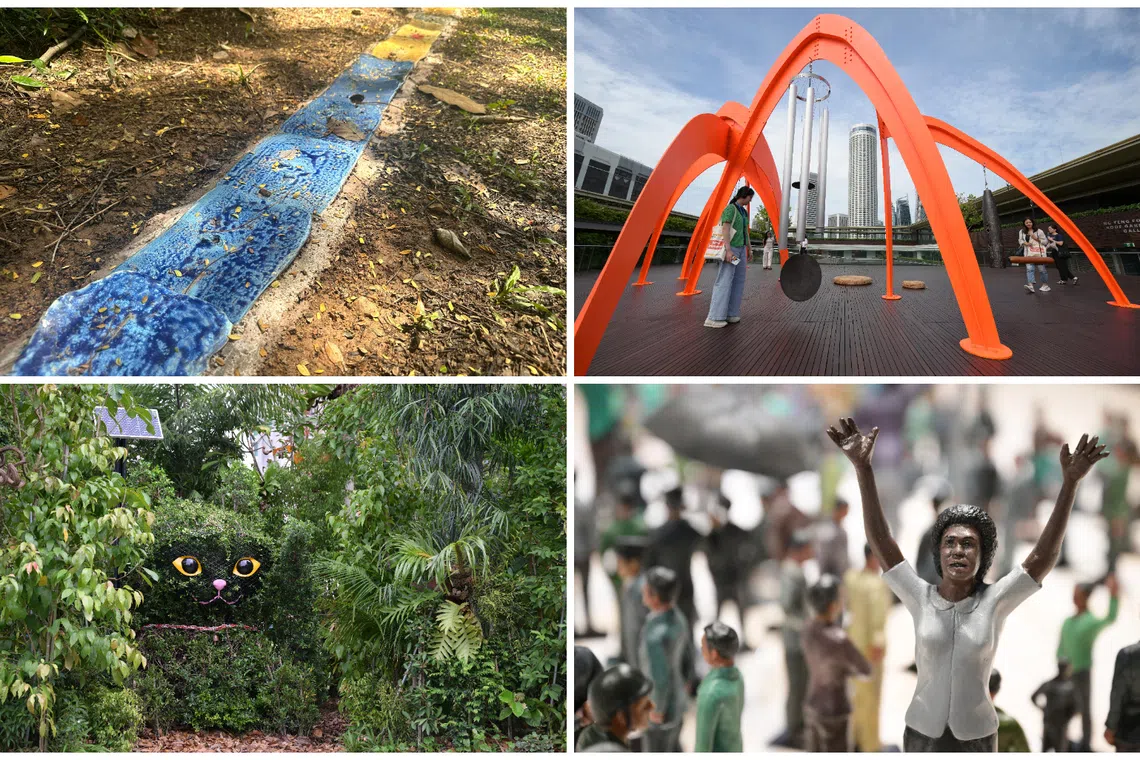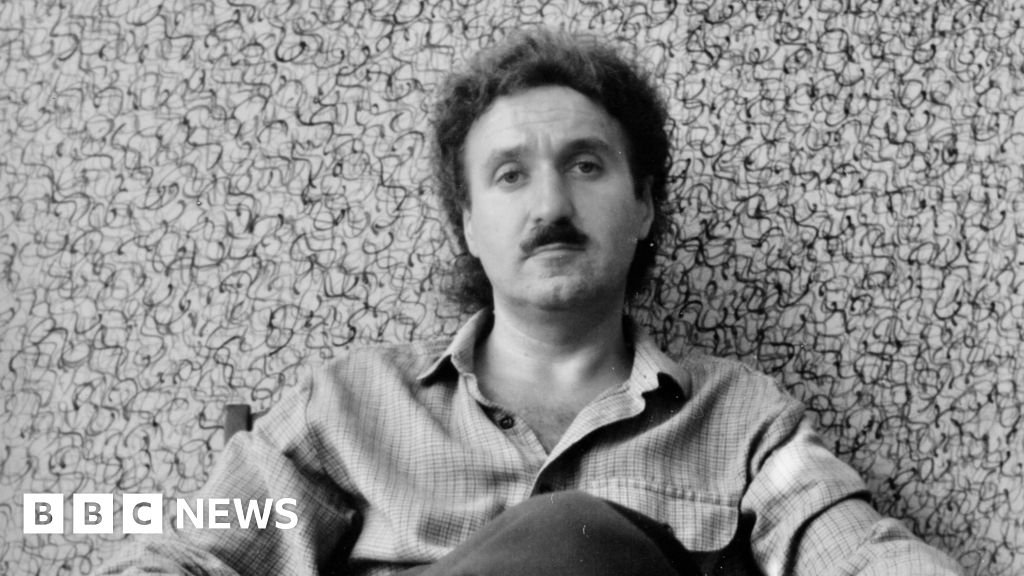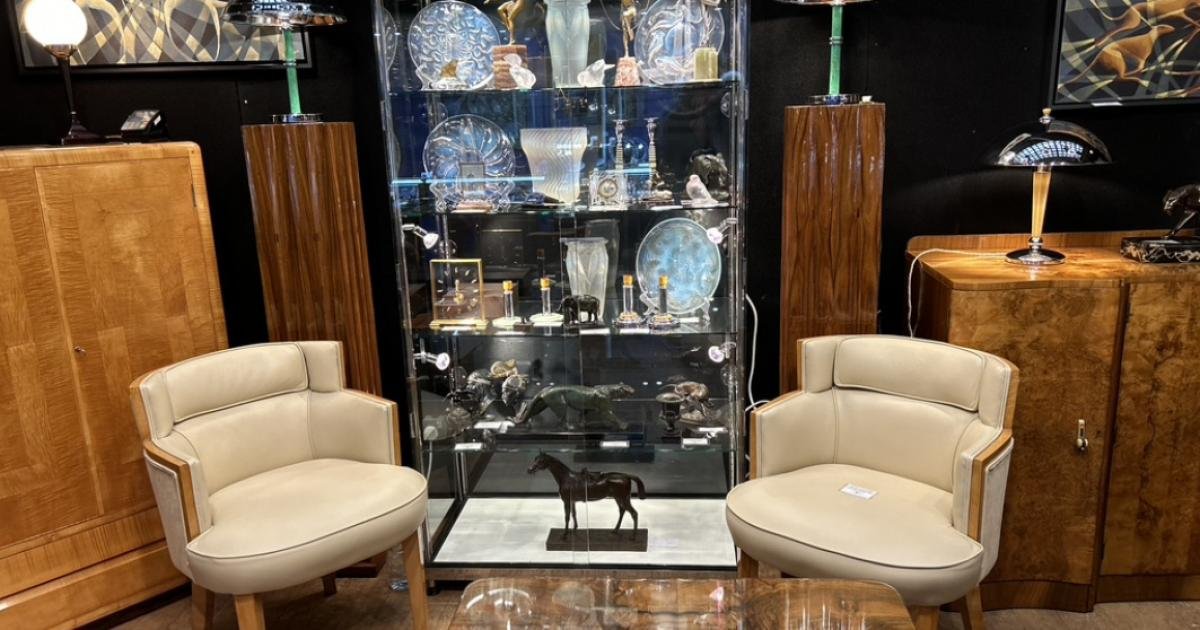Democracy is, at its core, a creative experiment. It asks us to imagine a collective future, to give shape to the aspirations of a people, and to continually rework what justice and equity look like in practice. Like many works of art, democracy is never finished — it requires participation, dialogue, and the openness and courage to see the world not only as it is, but as it could be. It also allows room for varying perspectives and interpretations, and at its best, creating spaces for dialogues across differences.
Artists and designers have always been central to this experiment. They make visible what is often overlooked. They design and reimagine the symbols and stories that bind us together. From the Works Progress Administration murals during the New Deal that uplifted communities during the Great Depression to the protest posters of the civil rights movement, creative expression has long helped people find common ground, claim their voice, and take part in civic life.
As the President of Massachusetts College of Art and Design (MassArt), I see this civic work happening every day. Students design visual campaigns that elevate the importance of voting and civic discourse. They make environmentally-conscious artworks, fashion, and installations that challenge us to act with urgency. They create public art that turns shared spaces into spaces of belonging. In their classrooms and studios, they practice democracy in action — learning to collaborate, listen, adapt, and create with empathy.
Constitution Day 2024
Photo courtesy of Melissa Ostrow
This is not extracurricular. It is the very essence of a creative education. When students grapple with design problems, they learn to weigh perspectives, honor context, and bring forward new solutions. When they generate dialogue through images, performances, or fashion, they remind us of whose voices are missing and whose experiences need to be seen. And when they present work to their peers and communities who ask questions about the work or provide feedback to improve or illuminate, they engage in the give-and-take of dialogue that makes civic life possible.
These habits of mind — critical thinking, empathy, adaptability, building narratives — are precisely the skills democracy needs to thrive. They are also the skills that fuel innovation in every sector: from technology and healthcare, to sustainability and urban planning, and to education at every level. The arts are not separate from our civic or economic life; they are essential to both. They strengthen communities and economies, contributing as much as $1.2 trillion to the U.S. economy — growing at more than twice the annual rate of the total economy. But beyond dollars and cents, creativity builds civic trust and strengthens the fabric of community.
With deep divides and polarization eroding civil discourse, we need the imagination and the skills that artists and designers bring to everything they do. They remind us that difference is not a barrier but a resource. They show us that dialogue is not a weakness, but a strength. And they invite us to participate, to contribute to the process, to engage, and to see ourselves as co-authors of the democratic story.
As Abraham Lincoln said, democracy is “government of the people, by the people, for the people.” That promise endures when we bring not just our votes, but our creativity, our voices, and our visions to the table. In creative communities across the nation, artists and designers are so often the ones that lead the way — turning participation into power and possibility into progress.
Democratic ideals, like works of art, reflect the perspective and experiences of the artist. They continue to evolve and are better when we share them with others, and it is in this continued work that hope lives.
More than 1,000 colleges and universities currently participate in the ALL IN Campus Democracy Challenge, including MassArt. Learn more about ALL IN and support our work here.

